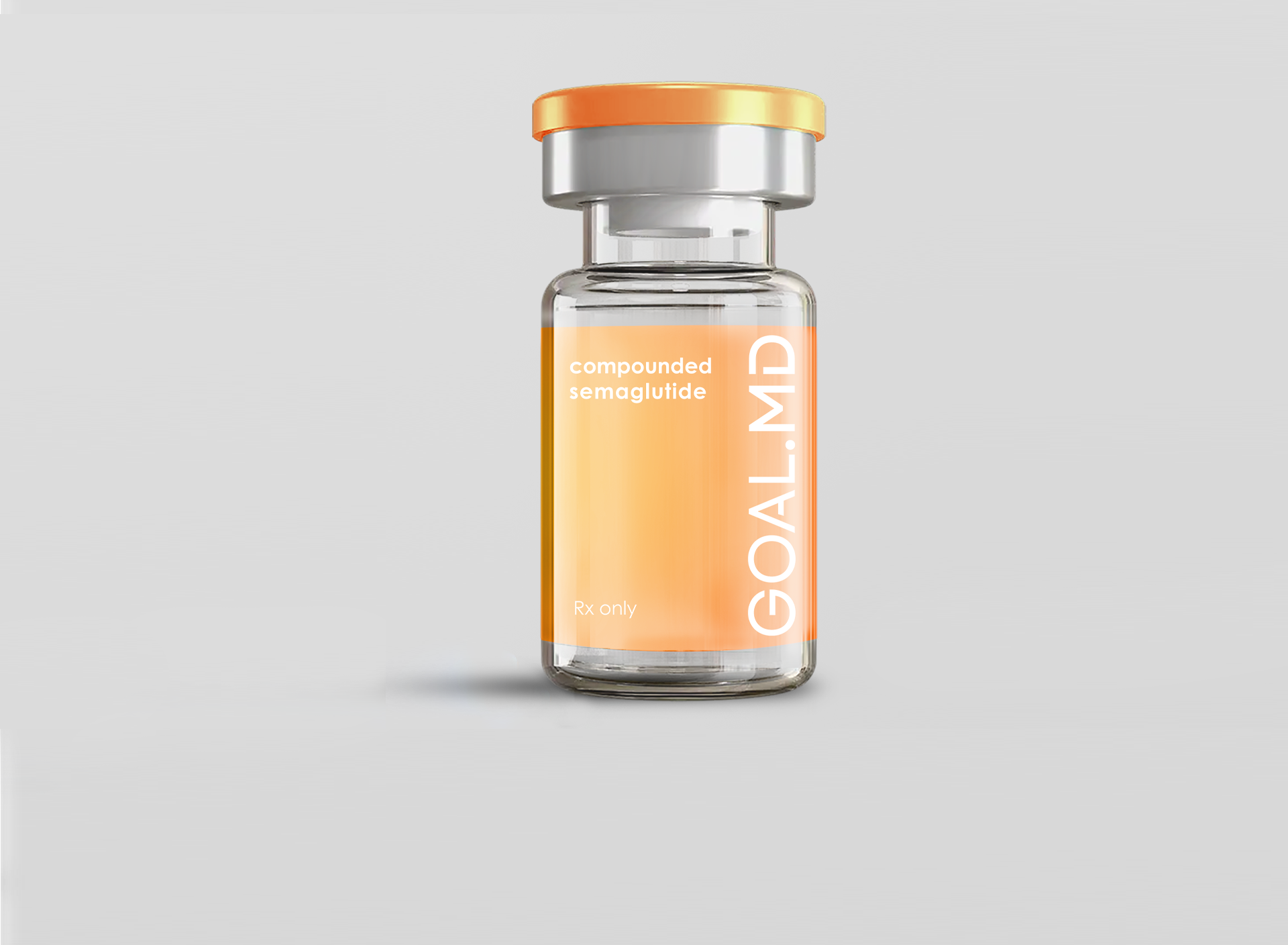
GOAL.MD Health & Wellness Blog
Evidence-based insights, medical weight loss information, and practical tips from our physicians and healthcare experts.

🔄 Blood Sugar Basics: Why It Matters (Even If You Don’t Have Diabetes)
Let’s clear something up right away: you don’t need a diabetes diagnosis to care about your blood sugar.
In fact, everyone benefits from stable blood sugar—especially if you're on a GLP-1 medication.
Why? Because steady blood sugar = steady energy, better mood, fewer cravings, and smoother weight loss. And when blood sugar isn’t stable, it can lead to fatigue, irritability, brain fog, and a strong pull toward sugar and carbs (even when you’re not technically hungry).
So let’s walk through the basics of what’s happening in your body—and how GLP-1s help.
📊 What Is Blood Sugar, Really?
Blood sugar (or blood glucose) is simply the amount of sugar circulating in your bloodstream. It’s your body’s main source of energy, especially for your brain.
When you eat carbs—especially fast-digesting ones like white bread, sweets, or juice—your blood sugar rises. Your body responds by releasing insulin to help move that sugar into your cells for energy or storage. When blood sugar gets too high, your body works to bring it back down.
⚖️ How GLP-1s Help with Blood Sugar Control
GLP-1 medications have a big impact on how your body handles blood sugar. Here's how:
Slowed digestion: GLP-1s slow down the rate at which food moves through your stomach, helping you feel fuller for longer and preventing spikes in blood sugar.
Appetite suppression: By reducing your appetite, GLP-1s help you make mindful food choices, which leads to more stable blood sugar levels.
Increased insulin: GLP-1s increase insulin release when blood sugar rises, helping your body process glucose more efficiently.
Reduced glucagon: They also reduce glucagon secretion, a hormone that tells your liver to release stored glucose into the blood, which can prevent blood sugar from spiking.
These actions help create a smoother, more balanced blood sugar curve, reducing extreme highs and lows.
⚠️ Why Blood Sugar Swings Can Be a Problem
Even on GLP-1s, blood sugar can still fluctuate—especially if you’re skipping meals, eating low-protein foods, or consuming too many simple carbs.
Common signs your blood sugar may be swinging:
Sudden energy crashes or “hanger”
Shakiness or lightheadedness between meals
Cravings for sugar or carbs after eating
Mood swings or irritability
Brain fog or fatigue
Sound familiar? You’re not alone.
⚖️ The Goal: Balance, Not Perfection
The goal isn’t to cut out all carbs or track your glucose constantly—it’s to build habits that help your blood sugar stay stable throughout the day.
When your blood sugar is steady, you’ll feel:
More energized
Less hungry between meals
More in control of food choices
Fewer cravings
More consistent weight loss progress
✅ Tips to Keep Blood Sugar Steady (Even with a Small Appetite)
Always pair carbs with protein or fat
→ Apple + almond butter, crackers + cheese, fruit + Greek yogurt.Don’t skip meals
→ Eating every 3–5 hours helps keep your body fueled and your blood sugar steady.Focus on slow-digesting carbs
→ Think whole grains, beans, lentils, and fiber-rich veggies. These help avoid spikes.Start meals with protein or fiber
→ Eating protein or fiber before carbs can reduce the blood sugar spike from a meal.Stay hydrated
→ Dehydration can make blood sugar swings feel worse and increase cravings.
💬 Final Thought
GLP-1 medications help with appetite, but they don’t replace the need for balance—and blood sugar balance is one of the best gifts you can give your body.
When you eat in a way that supports stable blood sugar, you’re not just managing hunger—you’re boosting energy, protecting your metabolism, and supporting long-term health.
It’s not just about eating less—it’s about eating smarter to feel better.

Why GOAL.MD?
✅ Sourced from audited 503a US compounding pharmacies.
✅ Custom dosages adjusted to your needs.
✅ Free consultation + 24/7 support.

How It Works
1. Quiz
90 seconds. No commitment.
2. Consult
Video chat with your GOAL.MD doctor.
3. Deliver
Meds at your door tomorrow.
Transform Your Life with Physician-Directed Care
Join thousands who've found success with physician-directed care. Take our 3-minute quiz to see if medical weight loss is right for you.







